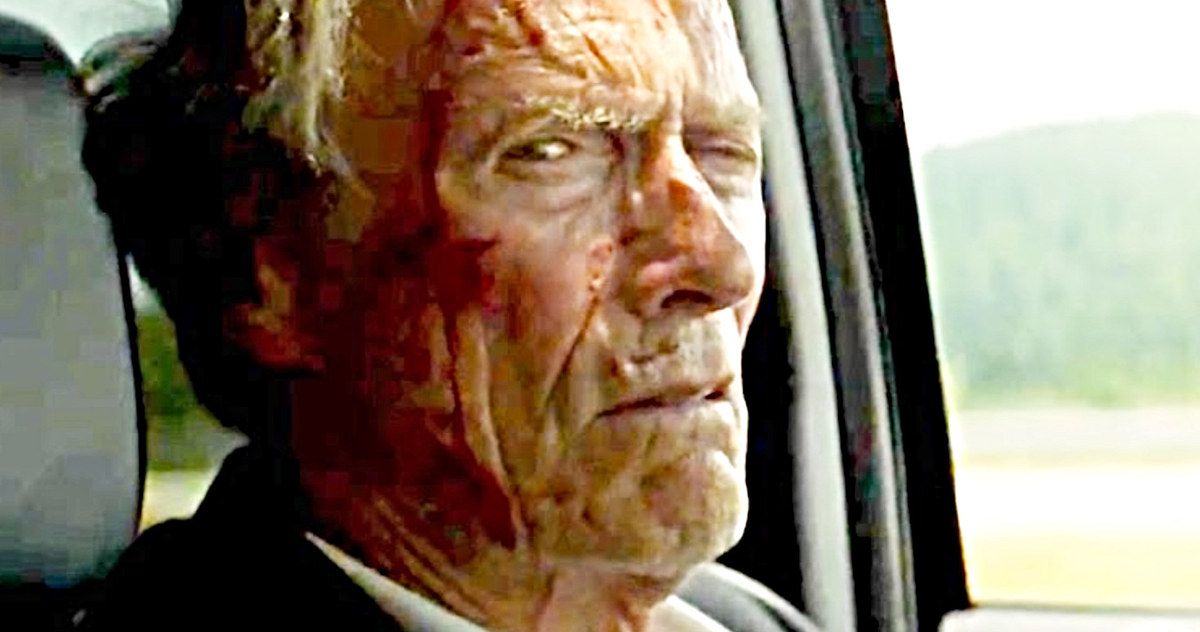The latest outing from actor and director Clint Eastwood proves that, even in his late 80s, the former Western star still knows how to tell a good story on screen. Using clever parallels, intriguing character development, and even a bit of humor, Clint Eastwood made The Mule into a truly compelling movie about responsibility, love, and regret. However, despite all of these great features, the third act of the movie leaves the audience on a rather unsatisfactory note.
Quite possibly the best aspect of The Mule is Clint Eastwood as Earl Stone. Earl appears to be a regular elderly man who just wants to make people smile, yet isn't able to adapt to the world that we have today. The opening of The Mule immediately introduced Earl as an appealing protagonist, with his wit and charm amusing not only the characters on screen, but the people in the audience as well. However, much like any good hero, Earl is not without his character flaws. Not long after the introduction of Earl, the movie introduces Earl's family, who Earl has practically abandoned, as he seems to prefer his work and friends over them. Earl Stone is the perfect blend of a likeable and unlikeable character, which is a balance that many movies are unable to get right.
Another great aspect of the movie was the narrative structure, and how different aspects of the story tied into each other. As the story develops and Earl finds himself deeper in the drug business, the B-story featuring Agent Bates (Bradley Cooper) develops as well, slowly closing in on the cartel (and, therefore, also Earl), creating a large amount of anticipation for Earl's inevitable run-in with the story's other hero. These two characters even had quite a number of parallels with each other as the story progressed, with it eventually being made clear how similar their motivations really are.
However, the ticking clock of the government catching up to Earl wasn't the only conflict in the movie. As Earl became more involved with the cartel, his rules became even more harsh, and his family grew even more distant, Earl's internal struggle grew, which was told almost completely visually, with no dialogue or exposition needed. This conflict was often told through similar-looking shots. The primary type of shot that repeated itself as the story progressed was a close-up profile shot of Earl driving down the road. Though the framing of this shot was practically the same every time Earl was shown driving, his facial expression, his surroundings and even his costumes reflected how he was feeling on the inside, making his scenes alone in the car the most intimate moments in the movie.
Alas, despite all of this great narrative build-up, the ending of The Mule was quite mediocre. Rather than brilliantly closing up the character development, the movie jarringly ended on an unappealing note. While it was an ending that sort of made sense, given the events of the movie, it didn't tie in with the internal struggles of the rest of the narrative. The brilliant parallels throughout the first two acts of the movie tied together like a ribbon, whereas the third act sort of dangled off the side of the ribbon, not having much connection to the rest outside of it being the ending.
All in all, The Mule was still a brilliantly well told narrative by Clint Eastwood that was both entertaining and emotional. It felt very character driven, immediately connecting audiences with the people on screen. Even with its weak closure, Clint Eastwood's latest movie with Warner Bros. Pictures still stands strong as a great work of filmmaking.

